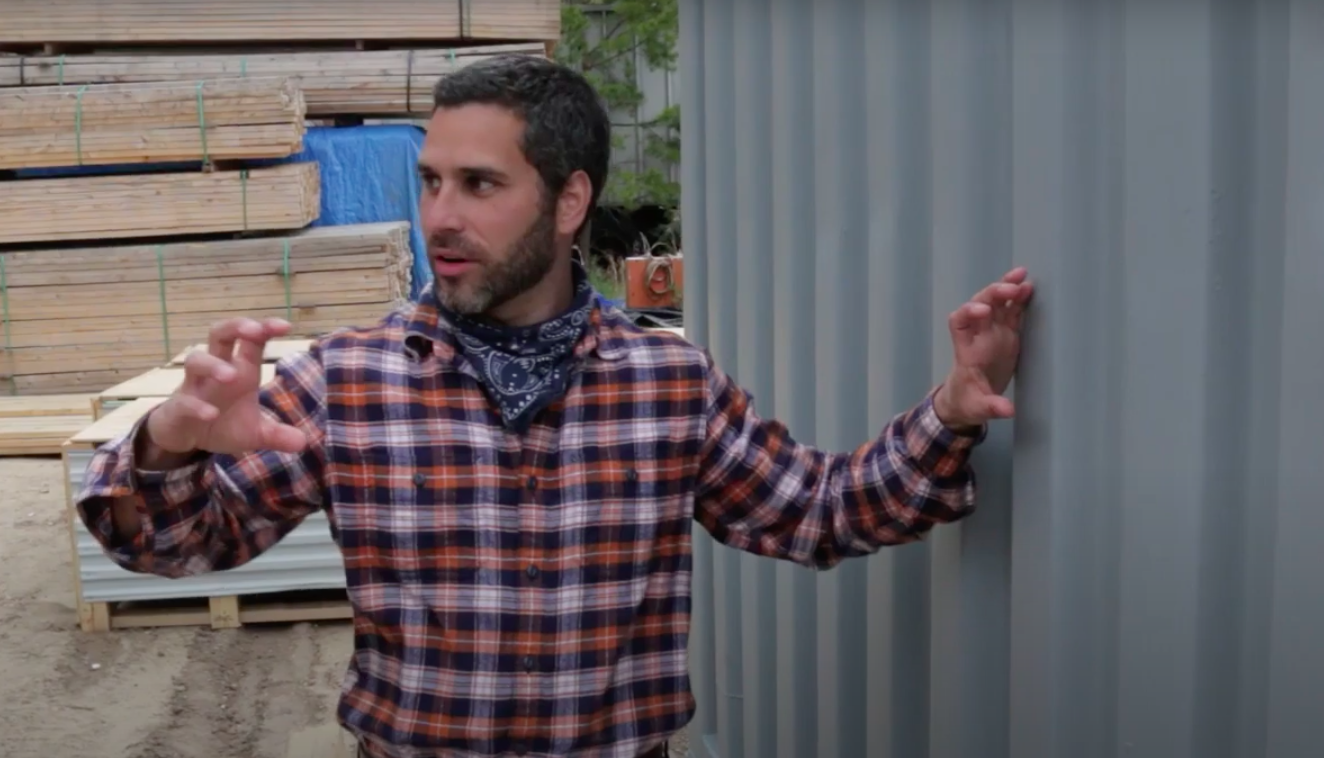Every month Kush will highlight a different SDG (Sustainable Development Goal) as per the United Nations. This month’s SDG is number thirteen, Climate Action.
Since Climate Action is a result of Climate Change, I think it’s best to start there. Climate change is defined as simply a change in the usual weather found in a certain place such as, how much rain a location gets in a year or a change in its usual temperature for a season. Climate change can also be a change in the earth’s climate. This occurs when there is a change in earth’s usual temperature as a whole. It’s important to distinguish the difference between weather and climate. Weather can change in just a few hours but climate takes hundreds or even millions of years to change.
Is the earth’s climate changing right now?
The earth’s climate is actually always changing. Looking back there have been times when the Earth’s climate has been both warmer and colder than it is now. These time periods can last thousands or even millions of years. Over the past 100 years the earth’s temperature has risen about one degree Fahrenheit. It sounds tiny but even a small change in the earth’s temperature can have long reverberating effects. Some of these effects are already taking place and consist of: melting of polar snow and ice, ocean level rising, and the altering of time frames when certain plants can grow.
Are the humans the reason for this change?
Many scientists say that humans can and do alter the climate. Many things that humans do have an effect on climate. People drive cars, they heat and cool their houses, cook food etc. All of these actions consume energy. The way the vast majority of humans get energy is through burning coal, oil and gas. This process creates gases that cause the air to heat up, in both a specific place and eventually globally, if done with enough consistency over a long period of time.
Is climate change actually a bad thing?
The short answer is yes and here’s why. Climate change results in four major consequences:
- Rising temperatures: As temperatures continue to rise around the world, we can expect to see more intense heat waves. Extreme heat has the ability to cause dehydration, heatstroke and even major organ damage etc.
- Diminished air quality: Pollution from burning fossil fuels is harmful enough to the air we breathe, but climate change also impacts air quality as a whole. One example is the link between climate change and the increase in wildfires. The smoke of these fires contain fine particles that “can penetrate deep into your lungs.” Exposure to this smoke has been linked to burning eyes, heart and lung diseases, and even death in some cases.
- Vector borne diseases: Vector-borne diseases are illnesses spread by insects like mosquitoes, fleas, and ticks. As our climate heats up, some insects will see their geographic ranges grow – bringing the Lyme disease and West Nile or Zika viruses they carry along with them to new parts of the world.
- Extreme weather: Climate change has been linked to many types of extreme weather, including hurricanes and floods. Not only can these natural disasters have immediate fatal consequences, but they can also lead to major injuries and the spread of waterborne illnesses such as wound infections, dermatitis, conjunctivitis, and ear, nose and throat infections.
What can we do to stop/slow it down? Cue Climate ACTION
Some immediate ways to combat climate change, according to NASA, are simple decreases in daily consumption. We can start by using less energy and water, turning off lights and TV’s when we leave a room, turning off the sink when brushing teeth, shorter showers, LED light bulbs, better insulated housing etc. One great way to combat climate change is to plant trees!
According to the United Nations, “There is no country that is not experiencing the drastic effects of climate change. Greenhouse gas emissions are more than 50 percent higher than in 1990. Global warming is causing long-lasting changes to our climate system, which threatens irreversible consequences if we do not act. The annual average economic losses from climate-related disasters are in the hundreds of billions of dollars. This is not to mention the human impact of geo-physical disasters, which are 91 percent climate-related, and which between 1998 and 2017 killed 1.3 million people, and left 4.4 billion injured. The goal aims to mobilize US$100 billion annually by 2020 to address the needs of developing countries to both adapt to climate change and invest in low-carbon development. Supporting vulnerable regions will directly contribute not only to Goal 13 but also to the other SDGs. These actions must also go hand in hand with efforts to integrate disaster risk measures, sustainable natural resource management, and human security into national development strategies. It is still possible, with strong political will, increased investment, and using existing technology, to limit the increase in global mean temperature to two degrees Celsius above pre-industrial levels, aiming at 1.5°C, but this requires urgent and ambitious collective action.”
If you want to learn more about Climate change, and the other SDGs, you can go to UNDP.org and click the Sustainable Development Goals tab at the top of the page.
Sources: Nasa.gov, undp.org, climaterealityproject.org, nature.com

